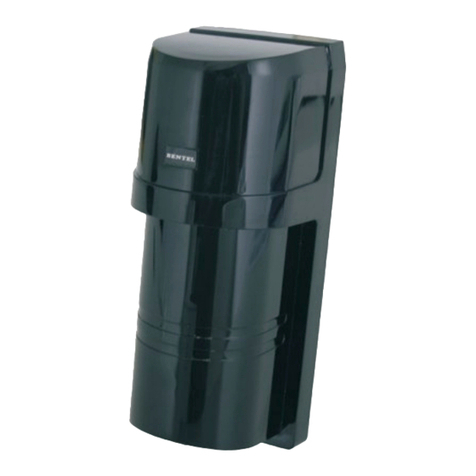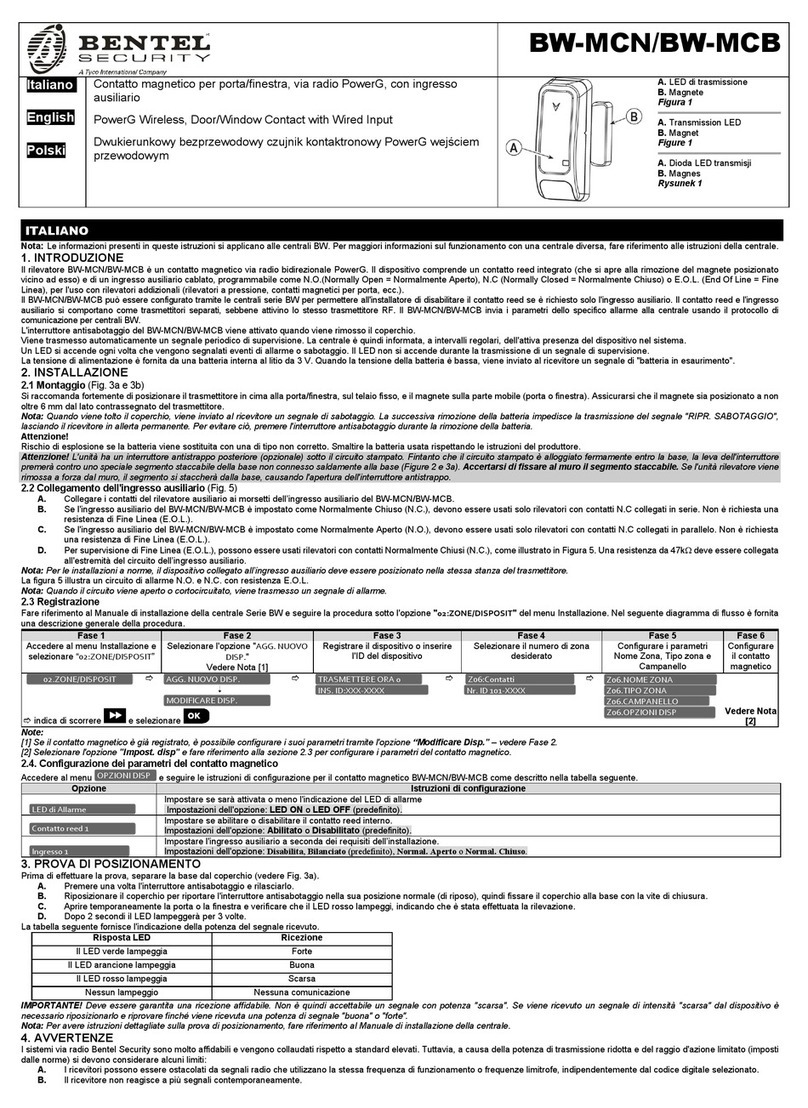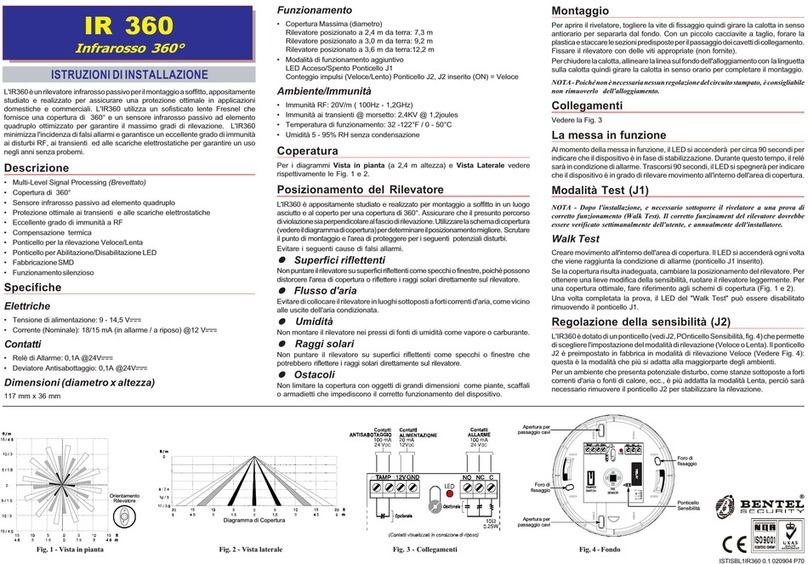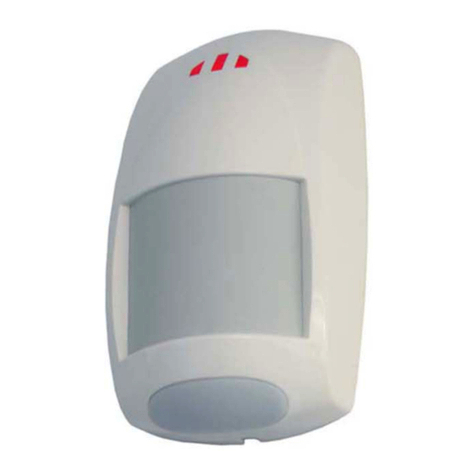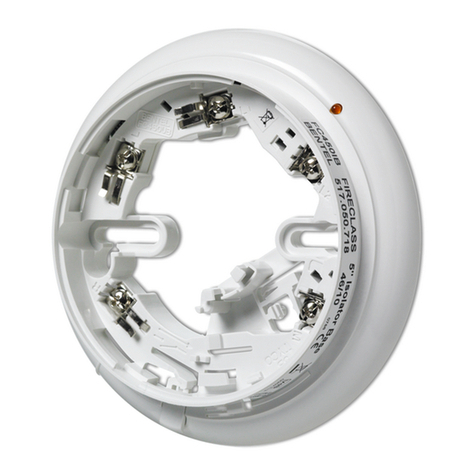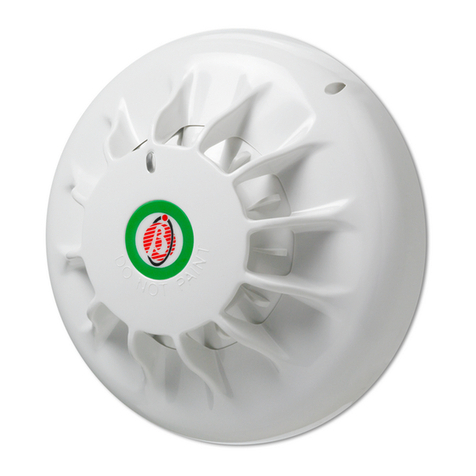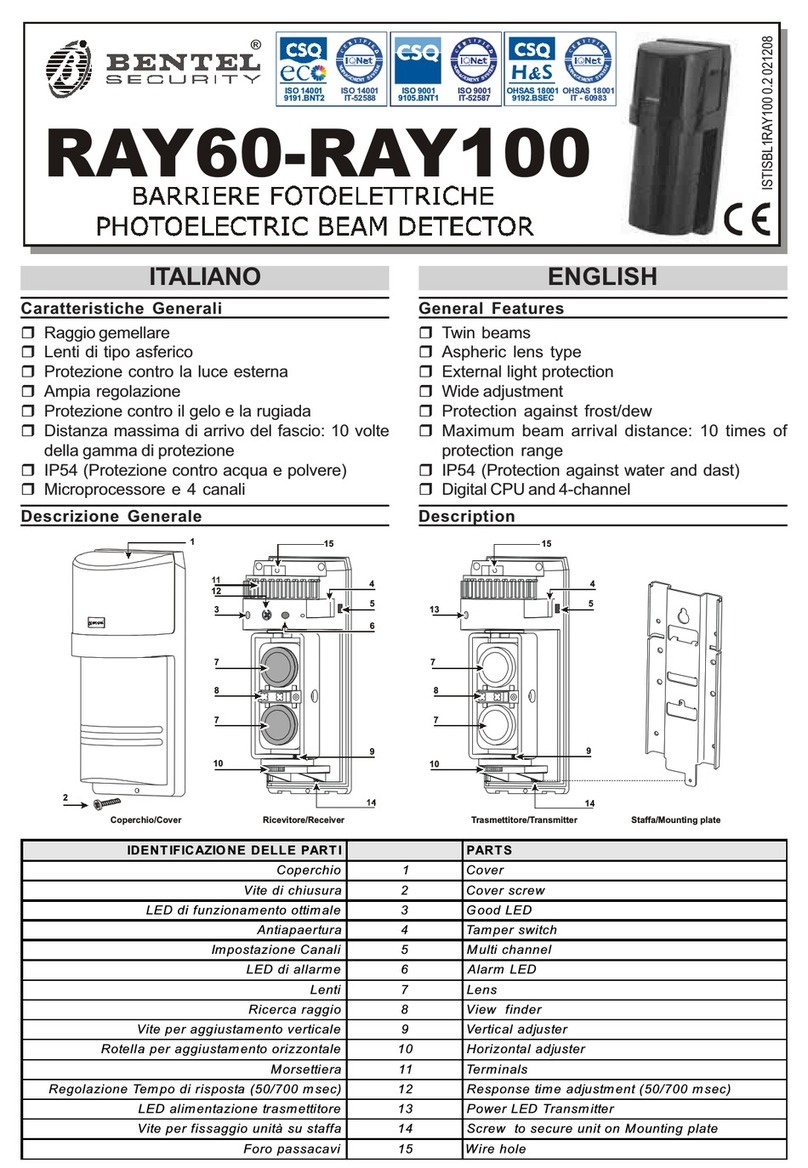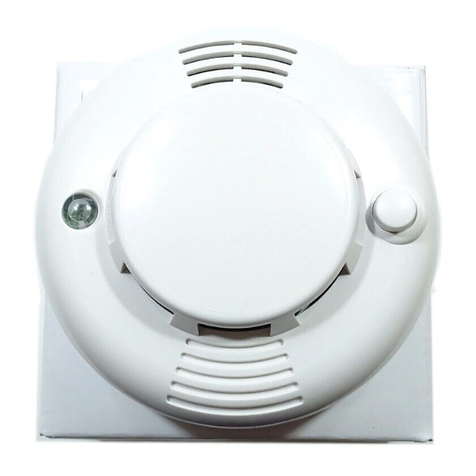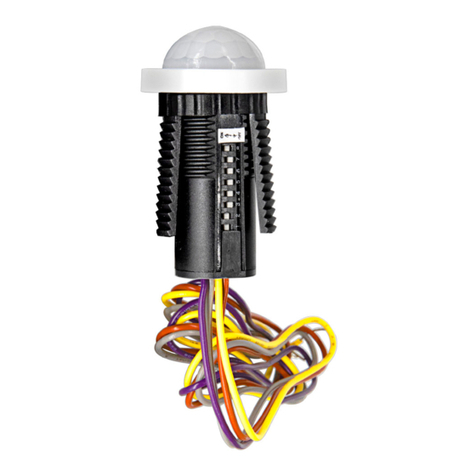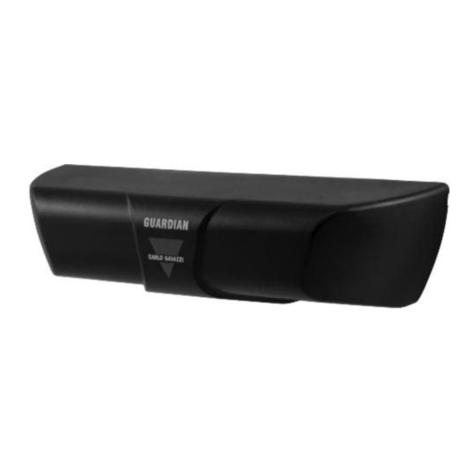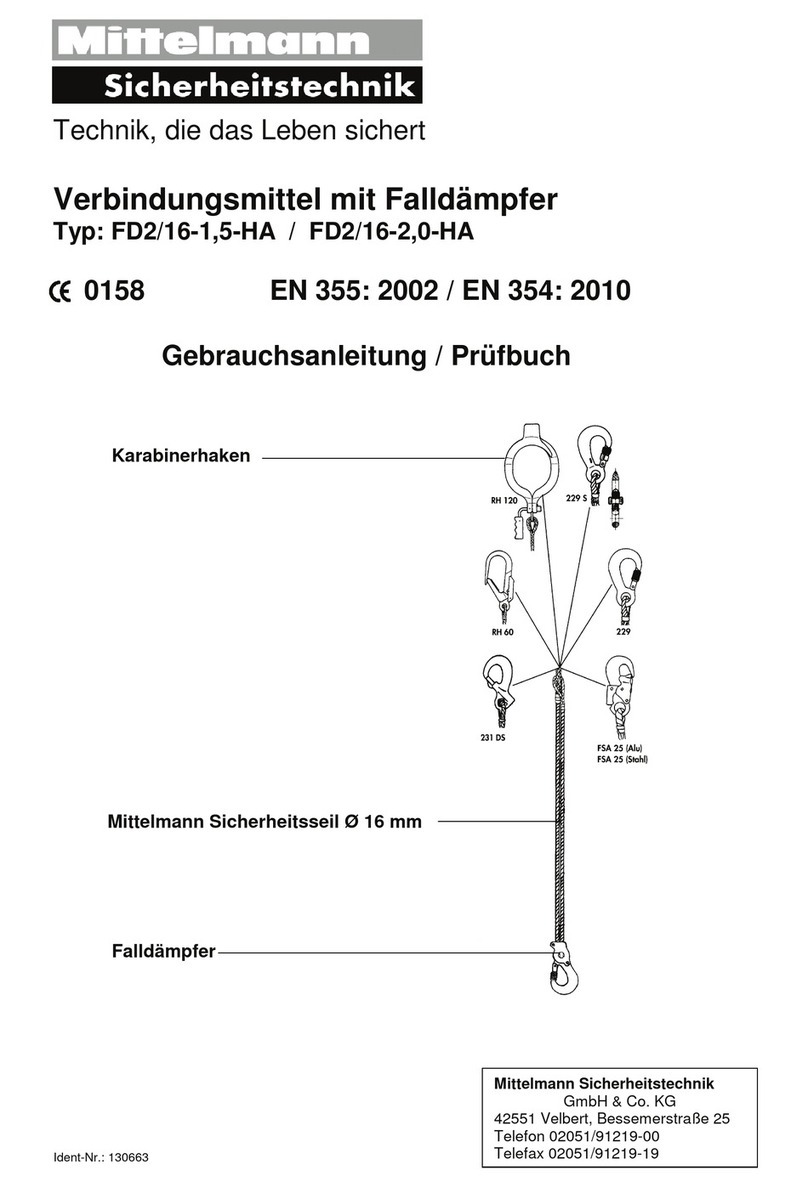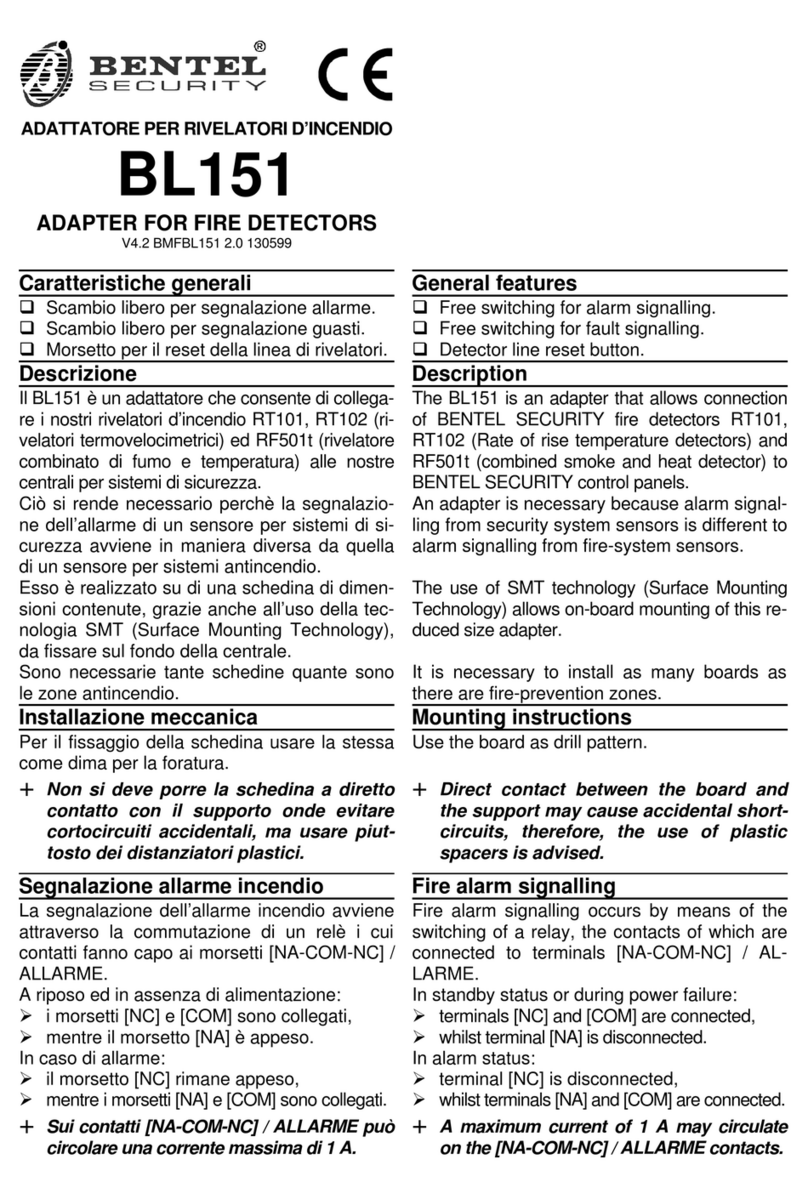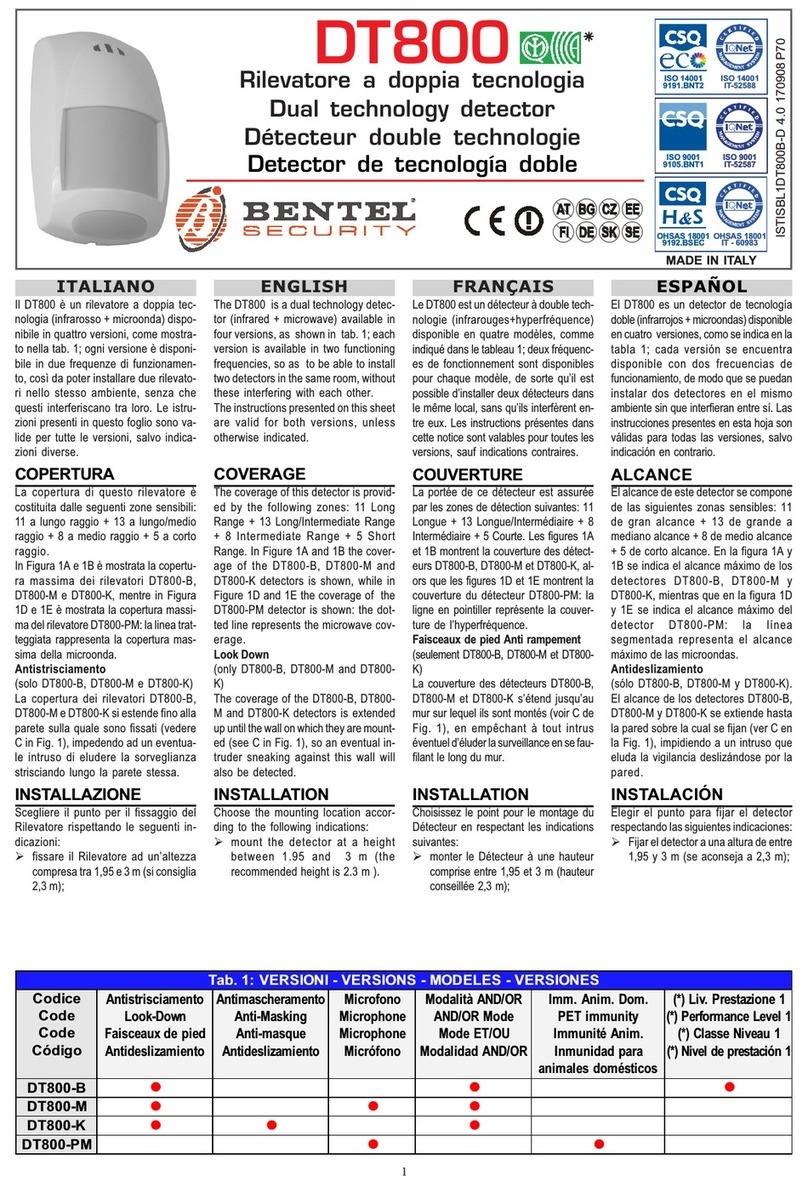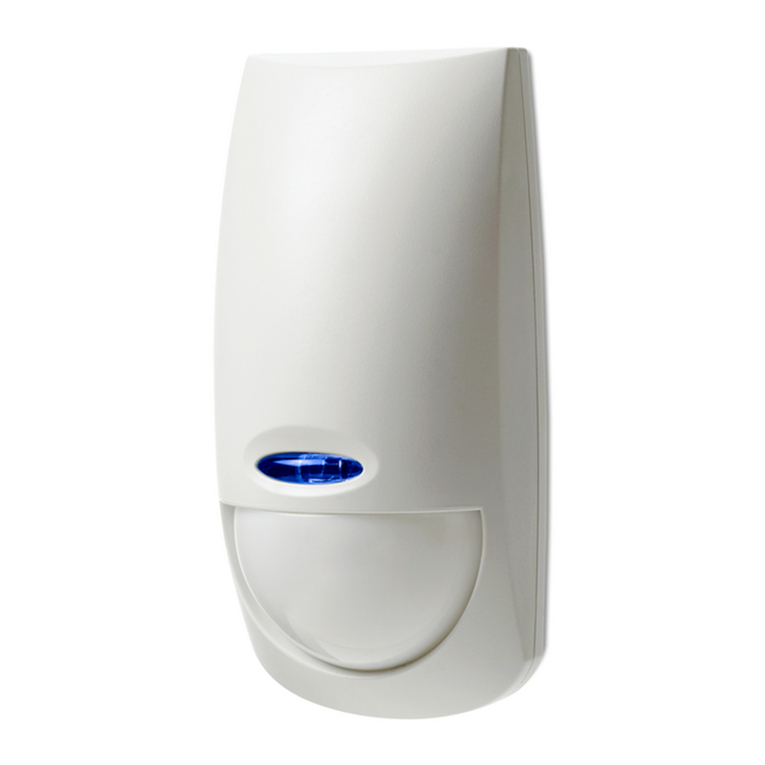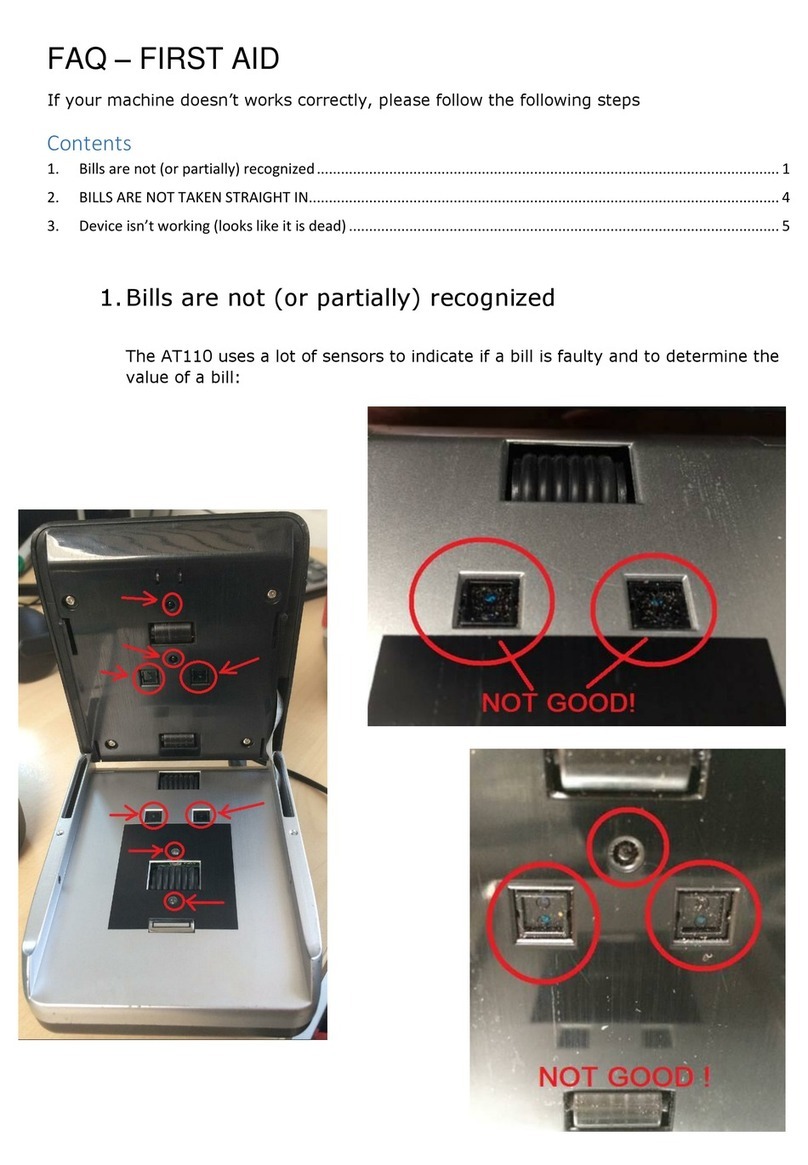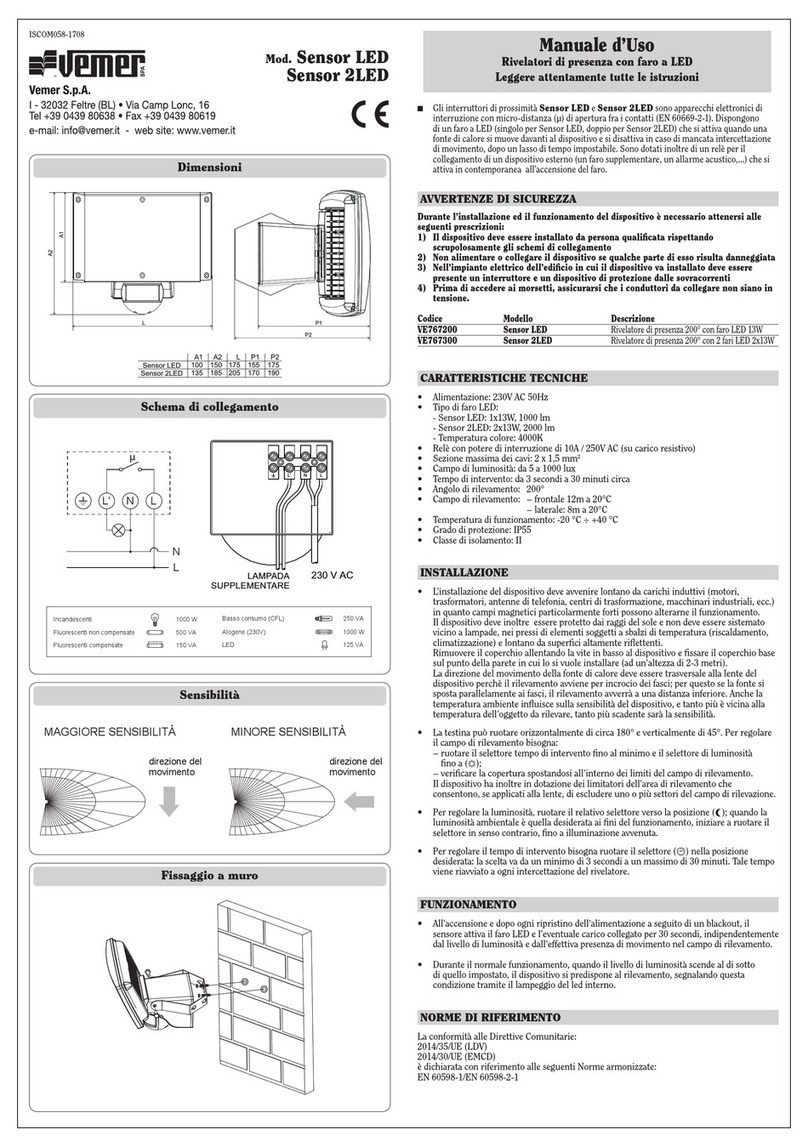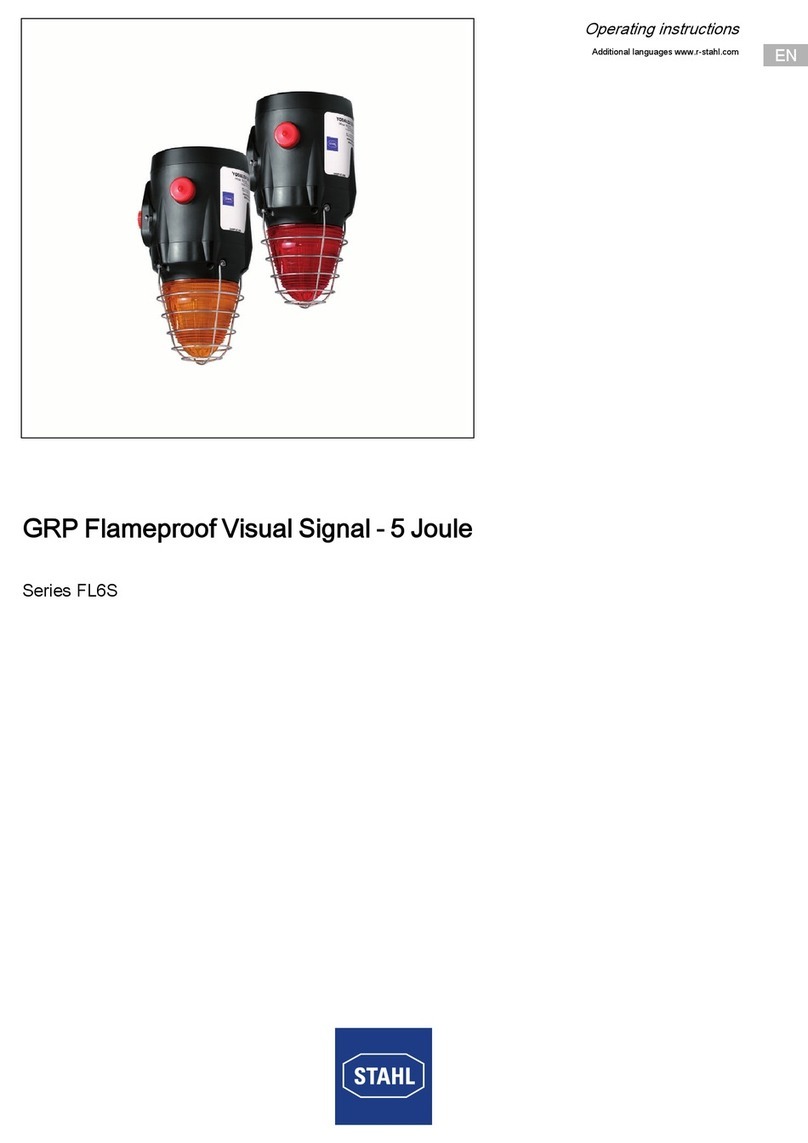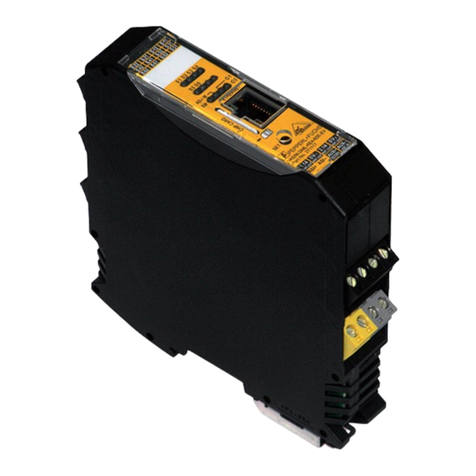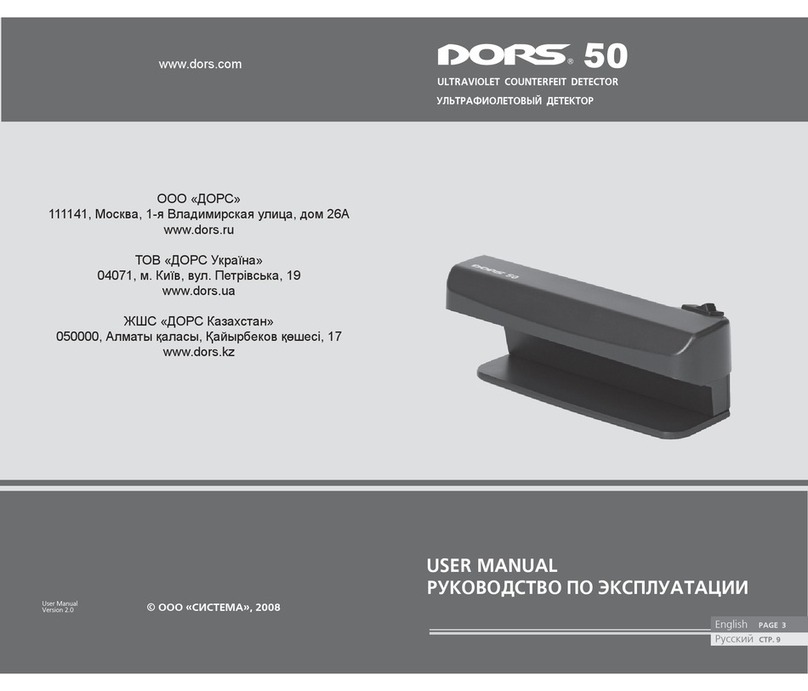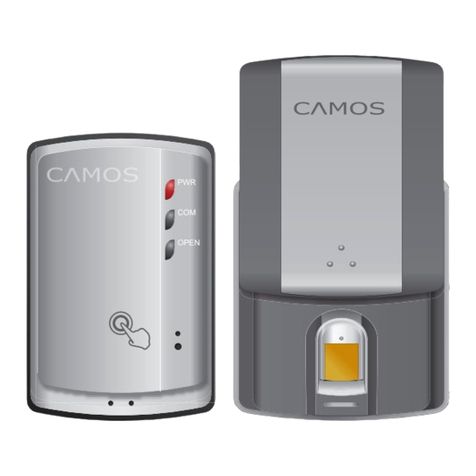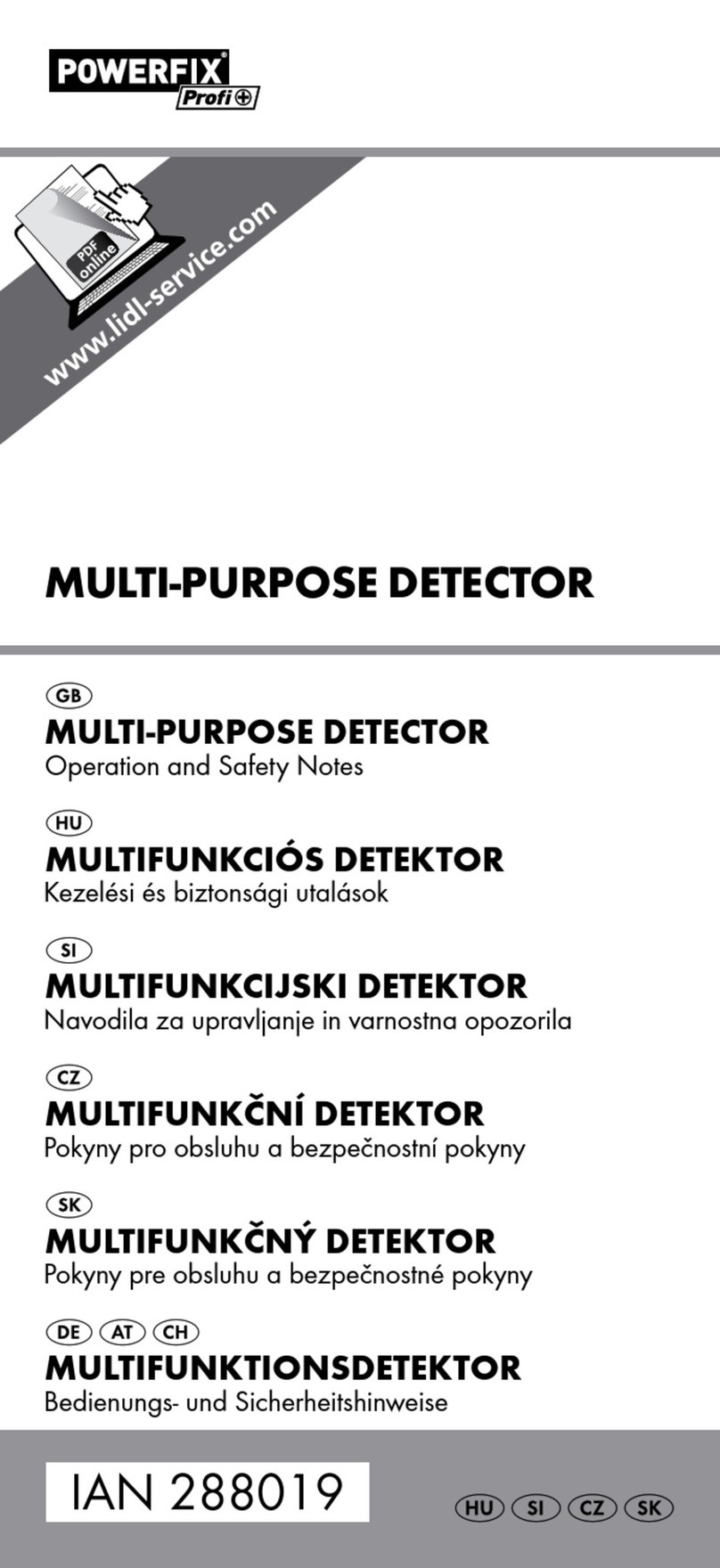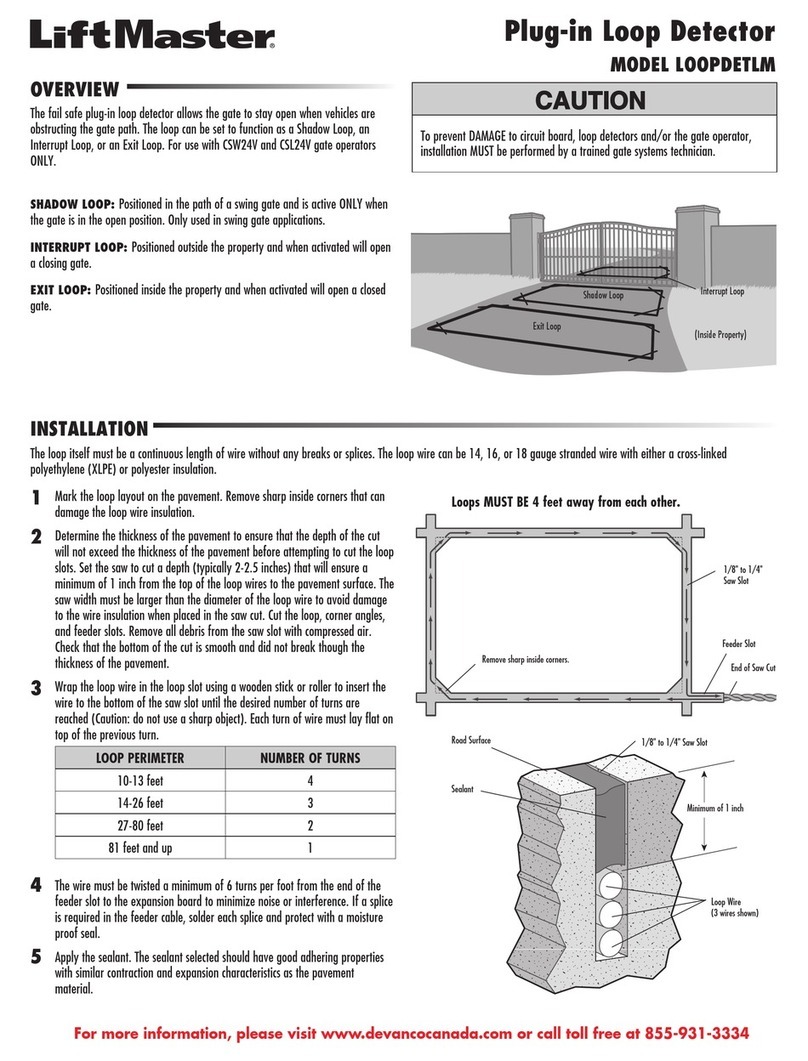
COLLEGAMENTO DELLA BASE DEL RILEVATORE
La base del rilevatore và collegata come mostrato in Fig.5. Si sug-
gerisce di collegare al massimo due cavi da 1,5 mm2ad ogni ter-
minale. Adattatori sono forniti insieme alle flange esterne per il
montaggio del cavo a vista. Se specificato deve essere collegato il
LED remoto. Non stringere eccessivamente le viti dei terminali
quando si connette la base al collegamento loop.
nVERIFICA DEI COLLEGAMENTI LOOP
!ATTENZIONE: NON USARE UN VOLTMETRO ALTA
TENSIONE CON LE BASI CON MODULO ISOLATORE
COLLEGATE.
La base con modulo isolatore non è progettata per lavorare con ten-
sione di linea superiore a quella specificata di 40 Vdc. Ciò significa
che il test di continuità del loop con le Basi con Modulo Isolatore colle-
gate deve essere effettuato usando una tensione compresa tra 20-40
Vdc. Alcuni voltmetri convenzionali per la misura della resistenza uti-
lizzano bassa tensione, quindi, il seguente metodo può essere impie-
gato per confermare l’integrità del loop.Un alimentatore capace di
fornire una tensione di 30-40 Vdc con una corrente di 300-600 mA và
collegato ad una estremità del loop (rispettando le polarità). Un
voltmetro và collegato all'altra estremità del loop o lungo la linea stes-
sa per la verifica del collegamento fino a quel punto. Se non c'è ten-
sione sui punti misurati questo può essere dovuto a:
1) Loop circuito aperto - collegamenti incompleti sulla parte del loop.
2) Polarità non corretta - La base con modulo isolatore FC450IB
sembra in corto circuito se non è collegata rispettando le polarità.
3) Loop in corto circuito - Se questo si verifica tra due basi con modulo
isolatore FC450IB, quella sezione di linea si isola apparendo così
come circuito aperto. Se questo avviene tra l'alimentazione e la pri-
ma base con isolatore FC450IB, l'uscita dell'alimentazione passa
ad un valore basso a causa del limite di corrente interno.
nIDENTIFICAZIONE DEI CONNETTORI
La base con modulo isolatore FC450IB possiede cinque terminali:
RConnessione LED remoto
LNon connettere
L1 +ve IN/OUT
L2 -ve OUT
M-ve IN
nFISSAGGIO DEL DISPOSITIVO DI BLOCCO
Vedere Fig.2 e Fig.6. Per inserire la chiavetta di bloccaggio, stac-
carla dal corpo plastico della base. Per fissare il dispositivo di bloc-
co orientarlo e poi inserirlo come mostrato in Fig. 3.
nFISSAGGIO/RIMOZIONE DEL RILEVATORE.
1) Attaccare l'etichetta con il numero d'indirizzo sulla linguetta del
rilevatore.
2) Fissare la linguetta del rilevatore come mostrato in Fig.7.
3) Appoggiare il rilevatore sopra la base, girare poi il rilevatore in senso
orario fino a che non è completamente posizionato (la nervatura
rialzata sulla base e sul rilevatore devono essere allineate).
DETECTOR BASE WIRING
The detector base is to be wired as shown in Fig. 5. It is recom-
mended that a maximum of two 1.5mm2cables are connected at any
one terminal. A remote LED should be wired if specified. Breakouts are
provided at the outer flanges for surface cable mounting.Take care not
overtighten the terminal screws when connecting the base to the loop
wiring.
nVERIFYING LOOP WIRING
!WARNING: DO NOT MEGGER LOOP WIRING WITH LINE
ISOLATOR BASES CONNECTED.
The Line Isolator Base is not designed to work with line voltages
above the specified maximum 40V dc. This means that continu-
ity testing of the loop wiring with Line Isolator Bases connected
must be done using a voltage between 20-40V dc. The resis-
tance measurement range on conventional voltmeters use low
voltage only, therefore, the following method can be employed to
confirm loop integrity.A power supply capable of providing 30 -
40V dc with a 300 to 600mA current limit is connected to one end
of the loop (in correct polarity). A voltmeter is connected to the
other end of the loop or any base along the loop to verify the wir-
ing up to that point. If there is no voltage out at any measured
point, this may be due to:
1) Loop Open Circuit - wiring incomplete to part of the loop.
2) Incorrect Polarity -FC450IB Isolator bases will appear as a
short circuit if they are wired with incorrect polarity.
3) Loop Short Circuit - If this occurs between two FC450IB Isola-
tor bases, it will isolate that section of the line, which will then
appear as an open circuit. If this occurs between the supply
and the first FC450IB Isolator Base, the supply output will go
low due to the internal current limit.
nCONNECTOR IDENTIFICATION
The FC450IB Isolator Base has five terminals:
RRemote LED connector
LNot connected
L1 +ve IN/OUT
L2 -ve OUT
M-ve IN
nFITTING OF LOCKING DEVICE
Figs. 2 and 6refer. To fit the locking key, break it off from the sprue
connecting it to the body moulding. Fit the locking device in the
orientation shown in Fig. 3 and push firmly in.
nFITTING/REMOVAL OF A DETECTOR
1) Stick the address number labels to the Address Flag and de-
tector.
2) Fit the Address Flag to the detector as shown in Fig. 7.
3) Place the detector onto the base and turn until it locates on the
base, then turn clockwise until fully located (the raised ribs of
the base and detector are aligned).





